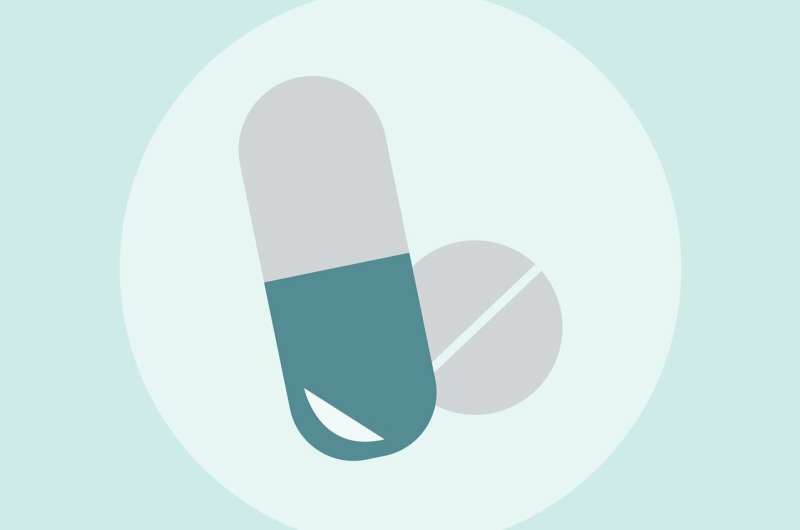Developing Inclusive Medical AI for Trans People: Advances and Strategies

This article explores how developing bias-free, inclusive AI systems in healthcare can improve diagnosis and treatment for trans individuals, emphasizing community involvement and personalized approaches for equitable healthcare.
In the rapidly evolving landscape of healthcare technology, artificial intelligence (AI) stands to revolutionize personalized diagnosis and treatment approaches. However, to ensure equitable benefits for all, it is critical to develop bias-free AI tools that embrace diversity and inclusivity, particularly for marginalized groups such as transgender individuals.
Recent collaborative research conducted by Universitat Pompeu Fabra (UPF), the Barcelona Supercomputing Center (BSC-CNS), Rovira i Virgili University (URV), along with the PRISMA association—an advocate for LGBTQIA+ rights in science—aims to address these challenges. The study emphasizes the importance of moving beyond binary assumptions embedded in current AI applications and designing systems that recognize and cater to the unique needs of trans people.
Inclusive medical AI can significantly improve healthcare experiences for trans individuals by personalizing hormone therapy plans—adjusting dosages based on each person's physiological traits—and enhancing the development of voice recognition apps that respect gender identity. Traditional apps often fail to account for the gender diversity of users, leading to discomfort or misidentification, which can impact mental well-being.
The study, published in the Journal of Medical Internet Research and led by researcher Nataly Buslon Valdez from UPF, involved active participation from trans community members through focus groups. This participatory approach ensured that their perspectives shaped the research and highlighted key issues, such as the tendency of AI systems to replicate biases, which can increase invisibility of trans identities.
One major hurdle identified is the binary design of many AI applications, which misclassify or invisibilize trans individuals, especially in voice-changing and health data systems. Such misclassifications can lead to emotional distress and inaccurate medical assessments.
To foster trust and improve health outcomes, the study underscores the necessity of training healthcare professionals to better understand trans-specific needs and of conducting more inclusive scientific research. Furthermore, it advocates for the creation of solidarity networks and knowledge-sharing platforms between trans communities and healthcare providers.
Ultimately, the goal is to harness AI’s potential to develop personalized, respectful, and equitable health interventions. By addressing existing biases and involving trans people in the design process, healthcare technology can become more inclusive and supportive for everyone.
For additional information, the full study by Buslon et al. is accessible through the DOI: 10.2196/72325.
Stay Updated with Mia's Feed
Get the latest health & wellness insights delivered straight to your inbox.
Related Articles
Revolutionizing Lab Results Interpretation with AI Assistants
AI assistants are transforming how patients interpret complex lab results, offering quick insights and empowering informed decision-making. Learn about the benefits and caution for using AI in healthcare.
Ocrelizumab Demonstrates Superior Control of Multiple Sclerosis Relapses in Multi-Registry Study
A large multi-registry study shows that ocrelizumab provides better control of MS relapses compared to other high-efficacy therapies, highlighting its potential for managing disease activity in multiple sclerosis.
Racial Disparities in Prostate Cancer Care Quality Highlighted by Recent Study
A recent study reveals significant racial disparities in prostate cancer care, with Black men experiencing lower rates of confirmatory testing and overtreatment—highlighting ongoing healthcare inequities.
Heart Arrhythmia Drug Repurposed to Combat Antibiotic-Resistant Bacteria
Research from Emory University has discovered that the heart arrhythmia medication fendiline can be repurposed to kill antibiotic-resistant bacteria, offering new hope for treating difficult hospital infections.



